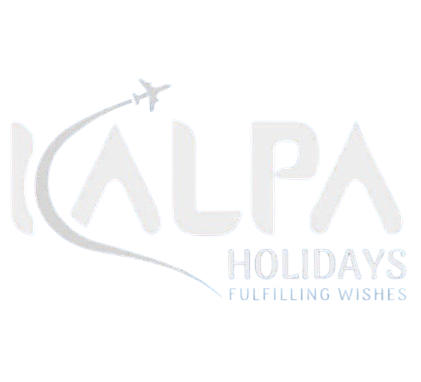The Rara Lake Eco Trek is a captivating trekking experience that takes adventures through the pristine and scenic landscapes surrounding Rara Lake, the largest lake in Nepal. Nestled in the remote northwestern region of the country, this trek offers a unique opportunity to explore the unspoiled beauty of nature and witness the rich biodiversity of the RaraNational Park.
Commencing from Jumla, the trek winds its way through charming villages, dense forests, and alpine meadows, providing stunning views of the surrounding Himalayan peaks. The journey to Rara Lake involves traversing off-the-beaten-path trails, allowing trekkers to immerse themselves in the tranquility of the wilderness. Rara Lake, with its crystal clear waters, is the centerpiece of the trek and offers a breathtaking spectacle against the backdrop of snow-capped mountains. The trek also provides a chance to encounter diverse nature enthusiasts and birdwatchers.
Cultural interactions are an integral part of the Rara Lake Eco Trek, as trekkers have the opportunity to engage with local communities and experience the unique traditions and lifestyles of the indigenous people of the region. The trek typically concludes with a sense of accomplishment and awe as trekkers reflect on the natural wonders and cultural richness they have encountered throughout their journey.
Commencing with a guided tour of UNESCO-listed world heritage sites in Kathmandu. Following this, the official trek to Rara Lake begins. For those who have explored Pokhara and its lakes like Phewa or Begnas Taal, visiting Rara Lake offers a unique and distinct experience. The lake is a symbol of tranquility, peace, and calmness.
Rara Lake Eco Trek Highlights
1. Begin your adventure by exploring the cultural richness of Kathmandu, and visiting UNESCO World Heritage Sites that showcase the country’s history and architecture.
2. Experience a picturesque flight to Nepalgunj, providing aerial views of the diverse terrain below.
3. Trek through the stunning Daphne Pass, situated at an elevation of 3691 meters, offering breathtaking panoramic views of the surrounding mountains.
4. Explore the natural wonders around Rara Lake, appreciating the biodiversity and serene environment.
Best time for Rara Lake Eco-Trek
The best time to trek the Rara Lake is during the spring and autumn seasons in Nepal. These periods offer the most favorable weather conditions, clear skies, and optimal temperatures for trekking.
Spring Season (March to May)
Spring is one of the most popular times to trek in the Far Western Region, which includes the Rara Lake Eco Trek. During this season:
- Weather Conditions: The weather is generally mild and pleasant, with daytime temperatures ranging from 15°C to 25°C at lower elevations, while higher elevations are cooler.
- Clear Views: The skies are typically clear, providing stunning views of the surrounding mountains, including Himalchuli, Chuchemara Peak, Putha Hiunchuli, Dhaulagiri Range, Kanjjjirowa Himal, Ghurchi Lekh, and Rara Peak.
- Flora: The rhododendron and pine forests are in full bloom, creating a vibrant landscape with colorful flowers and lush greenery.
- Crowds: Though this is a popular trekking season, the Rara Lake Eco Trek trail remains less crowded than other treks in the Annapurna Region.
Autumn Season (September to November)
Autumn is another ideal time to trek the Rara Lake Eco this season:
- Weather Conditions: The weather is stable with clear skies, low humidity, and pleasant temperatures, similar to spring. Daytime temperatures range from 15°C to 25°C at lower elevations, while it is cooler at higher altitudes.
- Clear Views: Autumn is known for its crisp air, providing excellent visibility of the surrounding peaks and landscapes.
- Festivals: This season aligns with major Nepali festivals like Dashain and Tihar, offering cultural insights and opportunities to experience local traditions.
- Crowds: Autumn is the peak trekking season in Nepal, the Rara Lake Eco Trek trails are more crowded compared to other treks.
Off-Season Considerations
While spring and autumn are the best time for the Rara Lake Eco Trek, some trekkers prefer off-season trekking for a unique experience. However, these periods come with challenges:
- Winter Season (December to February): Trekking in winter offers solitude and stunning snowy landscapes, but temperatures can drop significantly, especially at higher elevations. Trails might be icy, and some teahouses could be closed.
- Monsoon Season (June to August): The monsoon brings heavy rain, making trails slippery and increasing the risk of landslides and leeches. The clouds and rain can also obstruct mountain views.
Overall, spring and autumn offer the best combination of weather, views, and cultural experiences, making them the ideal times to trek the Rara Lake. If you’re planning a trip during the off-season, be prepared for additional challenges and always check weather forecasts and trail conditions in advance.
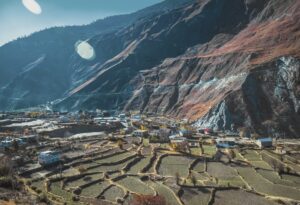 Trekking
Trekking
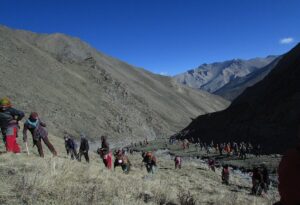 Trekking
Trekking
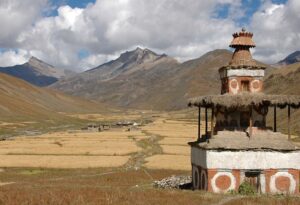 Trekking
Trekking
 Trekking
Trekking
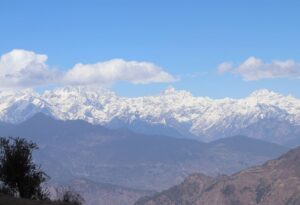 Trekking
Trekking
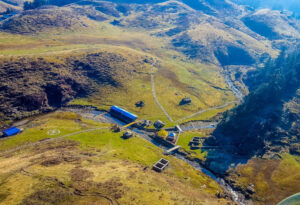 Trekking
Trekking
 Trekking
Trekking
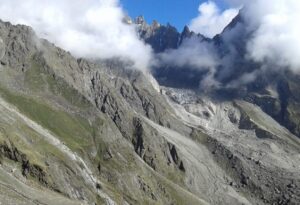 Trekking
Trekking
